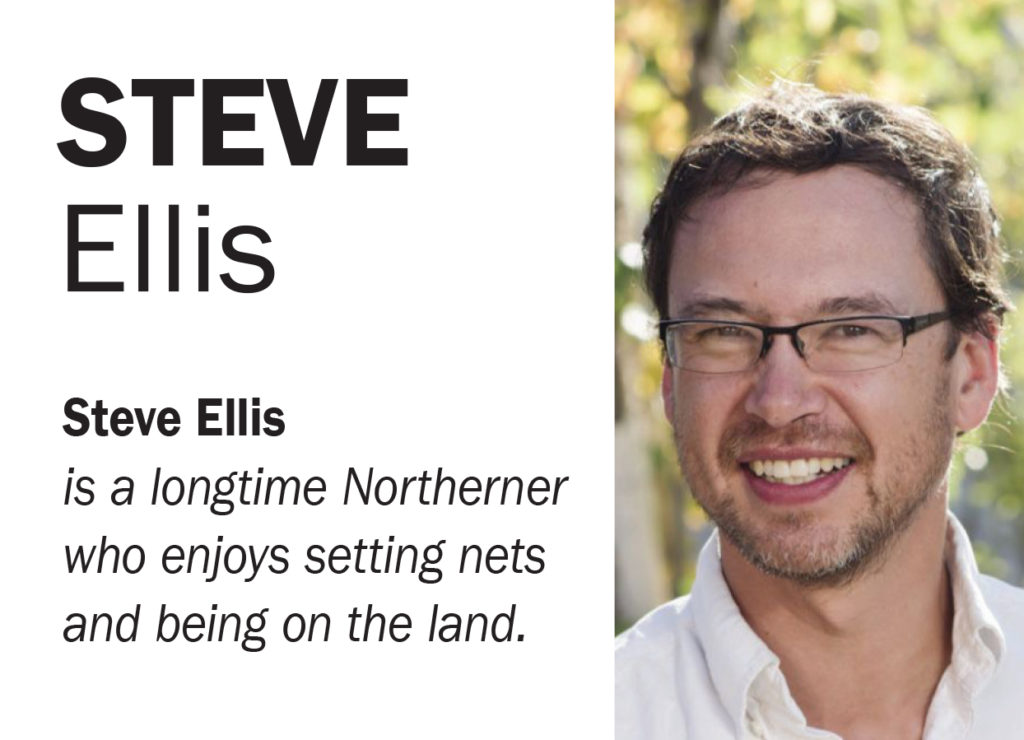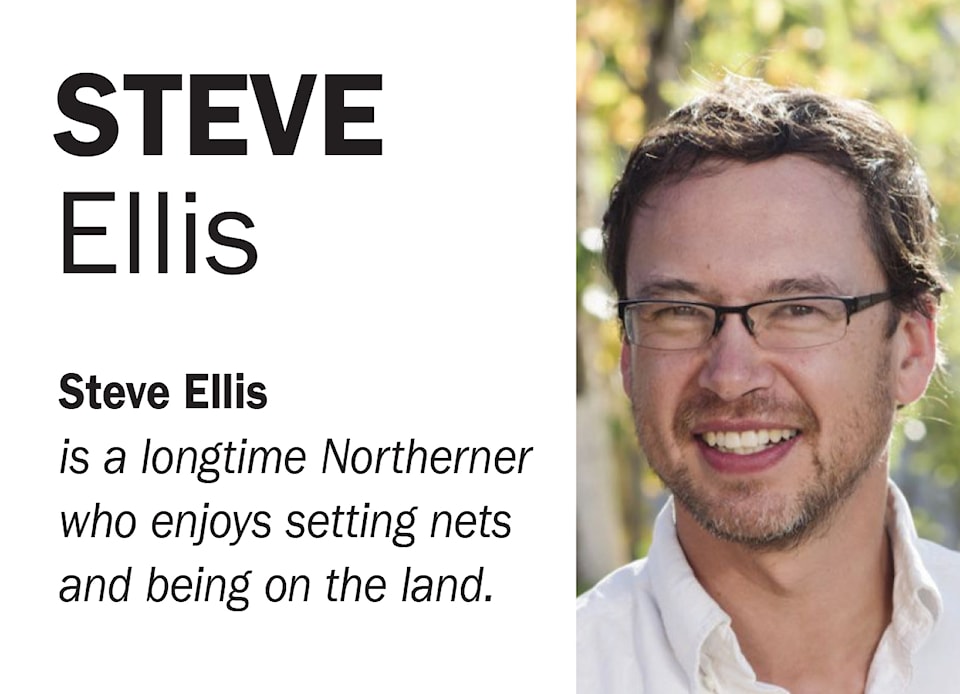My column last week ended on a dark note, echoing the stories passed down through the generations in most NWT communities – if you disrespect caribou, they will disappear.
I don’t apologize for this grimness. The situation is very bad, and there is a real chance that these prophecies will come true on our watch. We need a collective wake up call.

We are simply not doing enough. While the Bathurst no-hunting zone has been in place for a number of years, it is debatable how effective it has been at stopping the harvest of caribou from the decimated Bathurst herd. The no-hunting zone is huge – bigger than many countries – but it is patrolled by only a few GNWT resource officers. It is frankly amazing that they are able to report as many illegal hunting activities as they do – up to 50 this year and counting. I imagine many infractions must slip through the cracks.
In some ways the Bathurst no-hunting zone may even be contributing to the killing of Bathurst caribou. The GNWT produces a map every week with a big yellow circle showing the location of the Bathurst herd. Any hunter with half a brain simply needs to park themselves immediately outside the no-hunting zone, wait for groups of caribou to emerge, and then fire away.
The ice road to the diamond mines only worsens things. It provides easy access to caribou for anyone with a truck. Things get especially dicey when the ice road comes close to the no-hunting zone, as it did in late February.
Caribou conference
In a recent press conference, the elder and hunter Earl Evans described what can happen in this situation. He was immediately to the east of the no-hunting zone a few weeks ago and witnessed a group of about 600 caribou emerge from the zone. Waiting were a line-up of trucks and skidoos, ready to chase, shoot and corral.
If people aren’t able to use the ice road to get at caribou around the no-hunting zone, it is likely that very few people would hunt them. The Bathurst caribou are typically hundreds of kilometres away from any community, and to access them by skidoo requires a days long journey. This is out of the realm of the possible for anyone but the most experienced hunters, who typically are those who practice the most respectful hunting.
So if we cared about caribou, why not shut down the ice road to public traffic? Seems like a simple enough solution to help out the Bathurst caribou, right?
Over the years this solution has been suggested by some Indigenous communities and the diamond mines. Government has not acted on these suggestions and seem to have taken the position that they are not able to regulate traffic on the ice road. In other words, anyone can use it at any time. This has always seemed like bureaucratic nonsense to me. If the GNWT can find enough backbone to restrict constitutionally protected aboriginal hunting rights, as it has in the case of the Bathurst no-hunting zone, surely it can find a way to restrict traffic on a privately built seasonal road.
I hate to call for such heavy-handed restrictions. I loved my recent trip up the ice road to hunt and travel on the barrenlands. But a few disrespectful hunters have ruined it for us all. The situation with the Bathurst caribou is so dire that we must all sacrifice to give the herd a rest. In the short-term, restricting public access to the ice road would seem to be the easiest way to drastically reduce hunting pressure.
Over the long-term, we need to smarten up and start practicing respectful hunting again. There are many reasons why respectful hunting practices are being lost in our communities, and there are some good people working in the community trying to ensure they carry on. But that is the subject of next week’s column.
